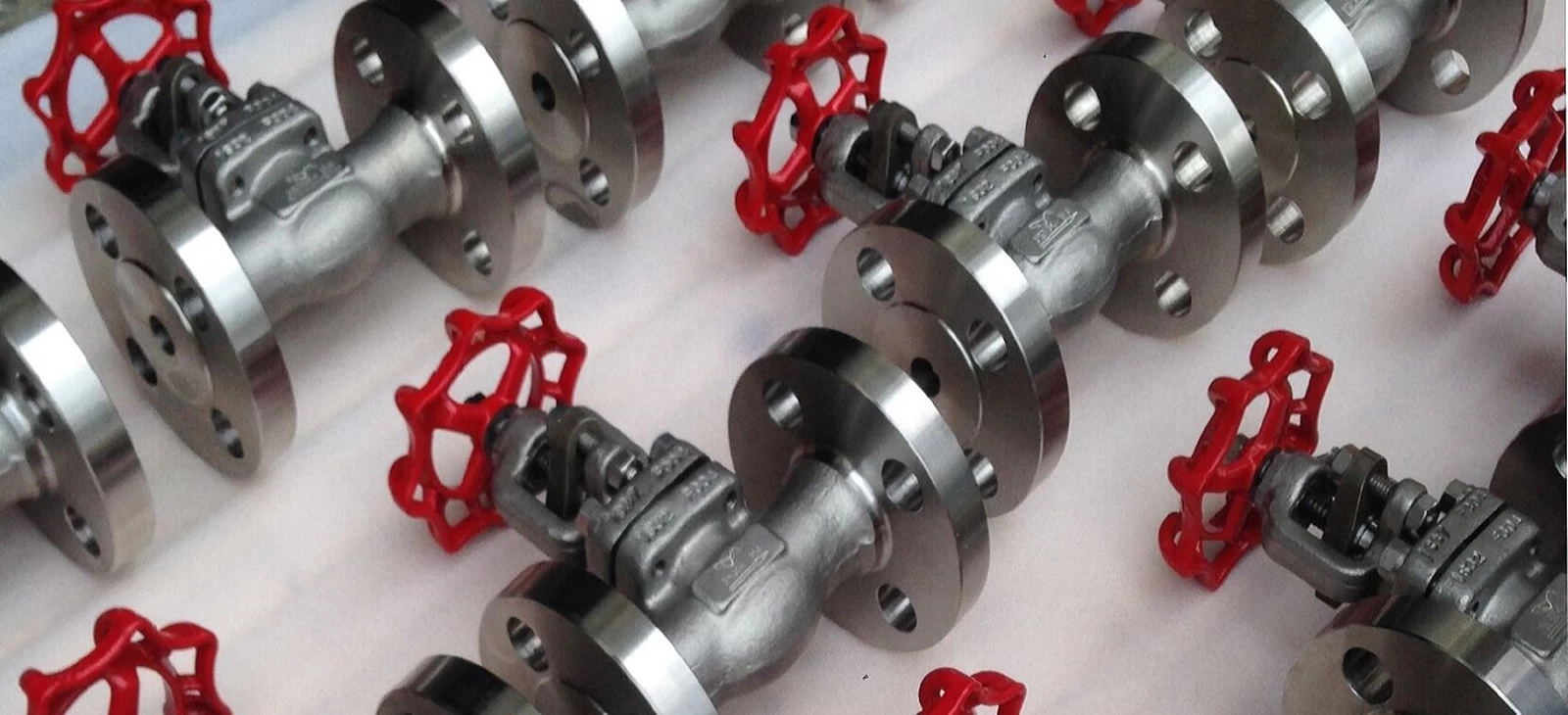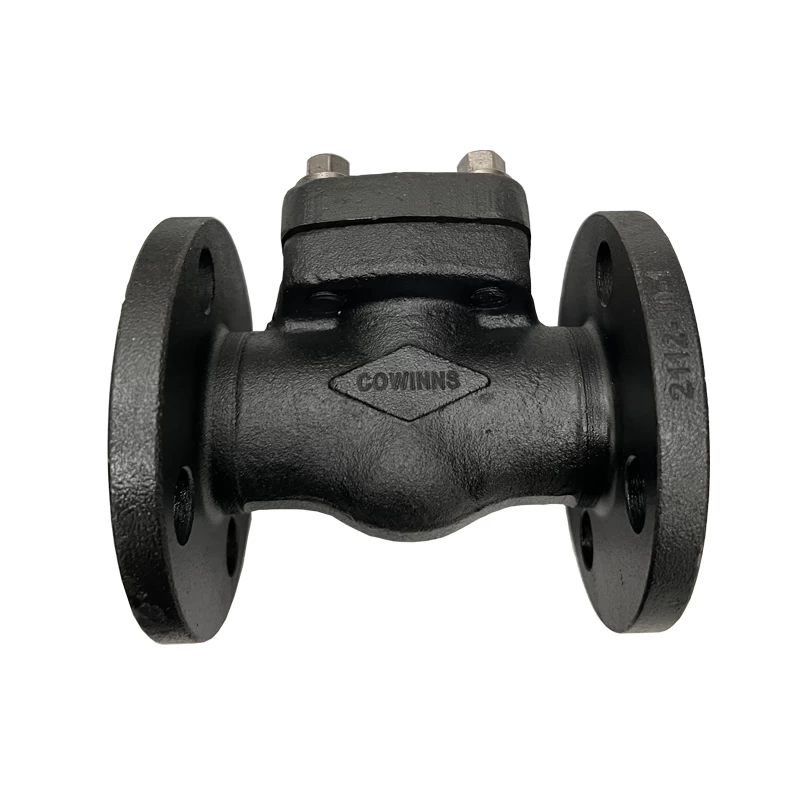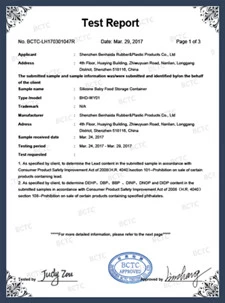The future is electric
Less complex
In Shell, one of Van Rijs' tasks is to communicate current and future expectations to the company's valve and actuator suppliers. According to Van Rijs, the future of valves and actuators will be electric and digital. "There are a number of reasons for this strategic choice First of all, pneumatic actuators are complex systems that are difficult to regulate properly and can be sensitive to foreign parameters, so these systems require careful monitoring and regular inspections and maintenance.
In practice, this often requires flight in OEM specialists - a costly affair in terms of working hours, but also in relation to downtime. We also see that the number of experts available to work on pneumatic actuator systems is decreasing. In other words, it will become increasingly difficult and expensive to hire or hire experts in this field. "Van Rijs states that electrical implementation can also help improve safety, efficiency and reduce costs in the oil and gas industry.
Digital
Electric actuators also offer more opportunities to be incorporated into automatic systems than pneumatic actuators. Van Rijs: "Electrical actuation allows you to monitor various parameters more precisely, such as voltage, current, frequencies, vibrations, etc. This data can be combined with other data for various purposes such as predictive maintenance. pneumatic, for example, an ASCV, has few parameters to monitor as most of the time it is "dormant." The only signal is: "I'm here". "
Van Rijs mentions ASCV as a revealing example because it plays a vital role in the field, ie preventing the compressor from increasing. "ASCVs are also among the most complex systems in our operations, but they are rarely activated, but when necessary, these systems must function like compressor repair / replacement costs and downtime is high."
Huge installed base
ASCVs are typically based on pneumatic drive. Van Rijs states that this is a proven technology that has proven its worth for many decades. "The worldwide installed base for pneumatic ASCVs is huge and will not disappear in the next decades."
But the pneumatic drive in this application has its drawbacks, one of these being the dead time. It takes up to a couple of seconds for you to accumulate or release the pressure where nothing happens. With the electric drive, in particular the servo-actuator which was developed in collaboration with Festo, Van Rijs states that the ASCV can be monitored and used faster and with greater precision. "As mentioned earlier, electrical implementation facilitates data transfer much better, making the concept of Industry 4.0 easier."
Out of the box
The rough idea of a digital servo-actuated electric valve emerged in the mind of Van Rijs while he was visiting a fair that included robotic and mechatronic applications. "The show was not specifically geared to the oil and gas industry, but it was clear to me that some of the concepts on display could be used in our business.The servo-actuators have the potential to work faster and provide a more controlled movement, which should make it more effective in the protection of compressors Ideally, the ASCV control system would be able to predict overvoltages based on relevant data. "
In the end, the Van Rijs brainstorm led to Festo's ASCV patent listing him and the chief mechanical engineer Alfred Kruijer of Shell as the inventors. As Festo explains (see pages 73, 74 and 76), the challenge was to develop a servo-actuator based on existing equipment to make the concept more accessible to the market. The idea was also to eliminate, as far as possible, the various stages of the process (from electricity to compressed air to drive) that are usually associated with pneumatic systems. By reducing these complexities, ASCV should be easier to use and maintain, resulting in greater efficiency and longer life span, says Festo.
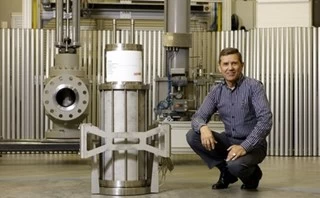
Willem van Rijs: "Standardization, for example in design or in
communication protocols, it is necessary to provide the necessary
borders, while still providing room for improvement
and innovation in the supply chain. "
Mechanical fail-safe
Apart from the servo-actuator, the other innovation in the ASCV is a fail-safe mechanical solution that safeguards the ASCV protection function in the event that the power supply is not available. As Van Rijs points out, ASCV has two roles: control and protection. For this last function, the ASCV must be kept open in a predefined position. This position will protect the compressor without compromising safety and will give staff time to intervene without interrupting the operation.
According to Van Rijs, the fail-safe mechanical system is designed to meet the role of solenoids used with pneumatic actuators. With the fail-safe mechanical unit, the electromagnetic energy is used to maintain a spring in an energized position. In an emergency, the electromagnetic energy is deactivated, the spring energy is released and the actuator moves to the default position. Because the mechanical security patent is still pending, Van Rijs can not reveal specific details at this stage.
Field experimentation
Based on a demo model, two prototypes of servo-assisted valves were designed and built. Shell intends to conduct field tests with them in the first quarter and second quarter of 2019 in the Netherlands. Van Rijs says that a final decision has yet to be made, but the test site will most likely be in an existing resource. "We are looking for confirmation and assurance that the servo-assisted ASCV functions as intended in real life, and gives us the opportunity to learn and, if necessary, modify some aspects of the configuration." All in all, I am very positive about the result. "
Van Rijs is also optimistic about the integration of the servo-actuator in the sector. "We have contacted several suppliers of ASCVs and everyone has expressed interest in this development, it is important that new developments are taken over by industry, collaboration is fundamental and can only accelerate acceptance and facilitate further improvements to the concept. The whole industry will benefit from more efficient and less costly solutions.Thus this, the implementation of new concepts takes time as the work processes must be developed and validated.It also requires new skills and competences from our employees. "
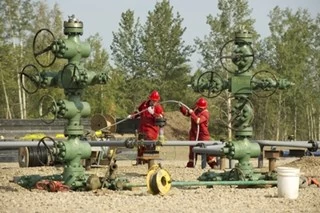
 +86 512 68781993
+86 512 68781993 


